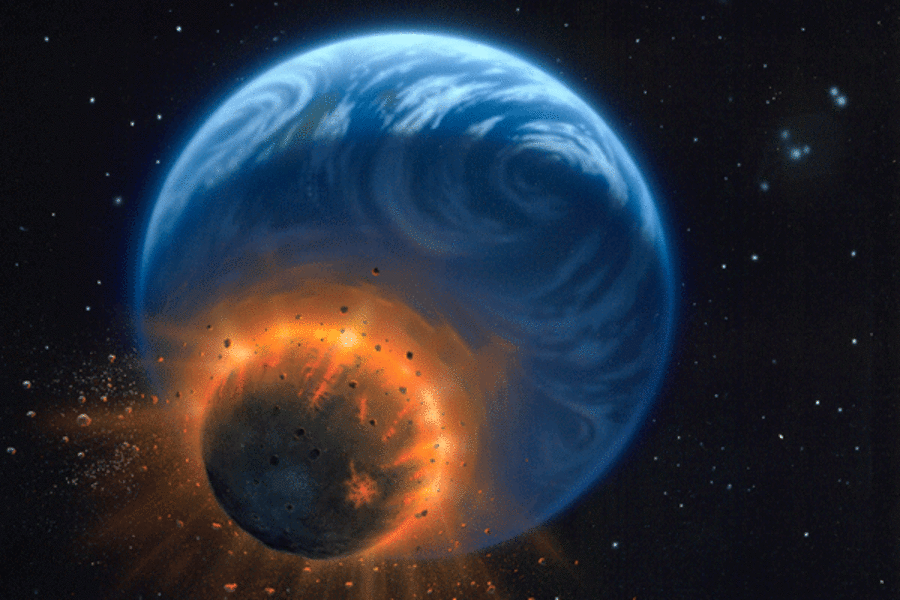Asteroid Probe is a step closer to returning home
A Japanese asteroid probe is a step closer to coming home – possibly with a piece of space rock on board – after firing its thrusters to stay on course for a planned June 13 landing.
The probe, called Hayabusa, launched by the Japan Aerospace Exploration Agency (JAXA) in May 2003, is returning from the nearby asteroid 25143 Itokawa, where it landed and tried to collect samples. The beleaguered probe reached the asteroid in 2005, but has suffered several malfunctions during flight that have extended its mission nearly three years longer than planned.
Mission scientists aren't even sure if Hayabusa managed to collect samples on Itokawa (its projectile device designed to kick up dust failed to fire properly) but they still hope the probe managed to snag at least some asteroid dust and pebbles inside a collection canister.
The 950-pound (430-kg) spacecraft's sample return capsule is scheduled to land back on Earth June 13 at the Woomera Test Range in the desert of South Australia.
In the recent maneuver (called a TCM-3 operation), JAXA was able to shift the probe's path from Earth's outer rim toward its intended landing site in Australia. The spacecraft is currently about 3.6 million kilometers (2.2 million miles) away from Earth.
The move went successfully, which was a nice break for the spacecraft after the long string of engineering difficulties it has suffered since leaving its asteroid target. Those glitches include engine problems, a leaking thruster, broken reaction wheels, and a loss of communication with the ground. All seems to be on track now for landing, though.
"Hayabusa system is going well," JAXA said in a statement.
One more trajectory correction maneuver is scheduled for later this week to further refine Hayabusa's Earthward approach.
Hayabusa, which means "Falcon" in Japanese, took extensive observations on and around the Itokawa asteroid, where it lingered for about three months during the original science mission. That information, and the possible samples it might be carrying, should help scientists understand how asteroids formed and the role they played in the history of our solar system.





